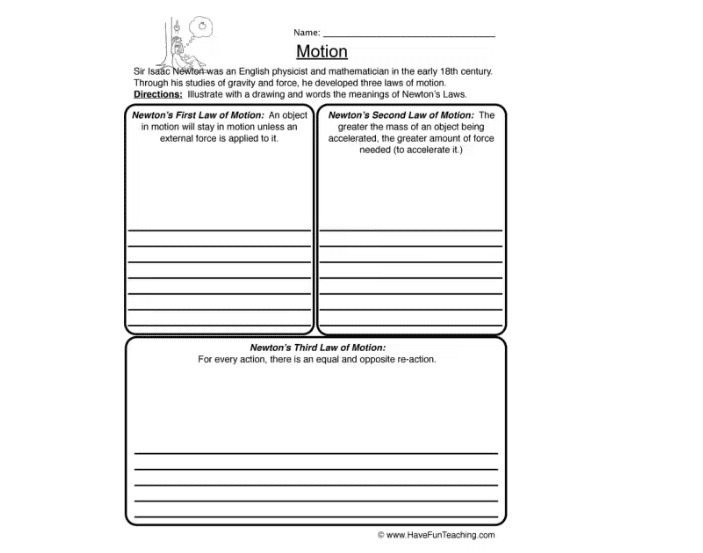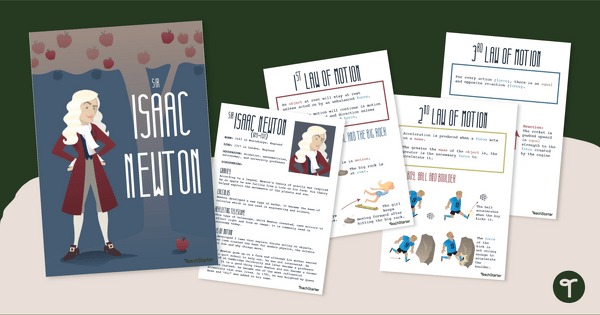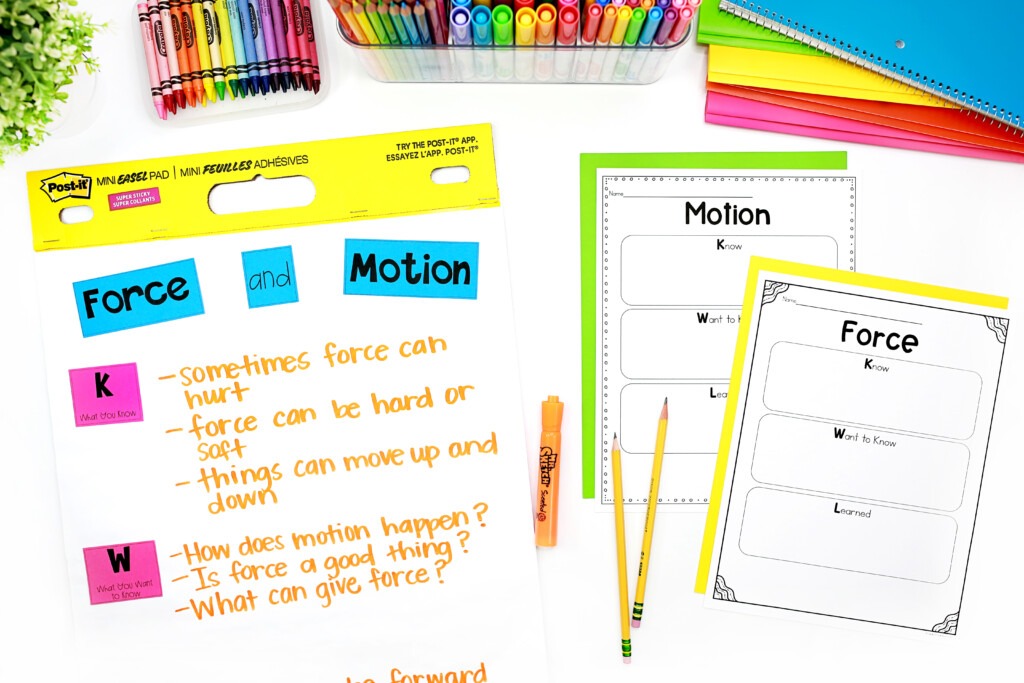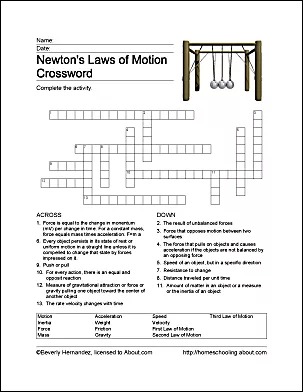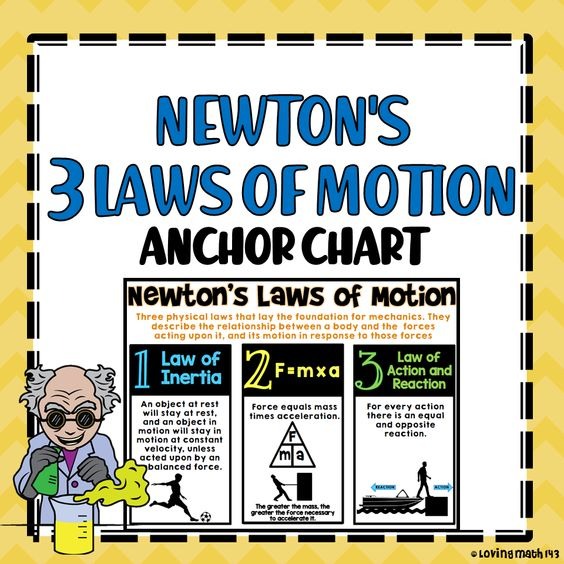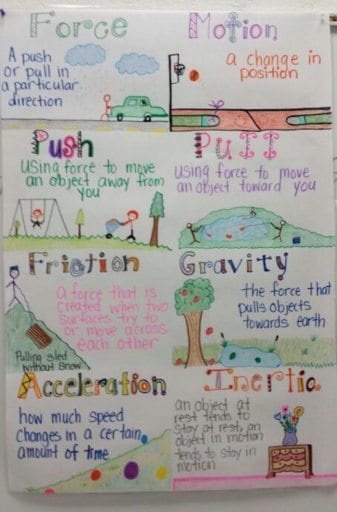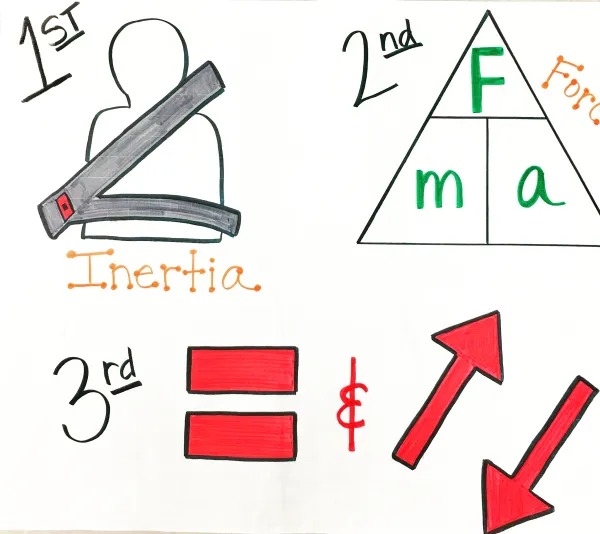We all understand pushing and pulling. We’ve all experienced the feeling of being propelled in a certain direction. And we all know how easy it is to just stay put until something ‘pushes’ us on a particular path. To make the science of these actions clearer to students, so they can learn the basics of Newton’s Laws, you should use anchor charts that are carefully tailored to their level.
In this post, I’ll outline what you should look for in a good Newton’s Laws anchor chart. I have also curated some examples of useful resources and made some suggestions about how you can adapt them to your needs.
Table of Contents
- Elements of a good Newton’s Law anchor chart
- Resources from TeachSimple
- Resources from other teachers
- Final points about Newton’s Laws anchor charts
Elements of a good Newton’s Law anchor chart
A good anchor chart will present Newton’s Laws effectively to the students. There are some elements you should look for when choosing or creating a chart.
State the laws themselves
A good anchor chart must state Newton’s Laws clearly. For example:
First Law: The law of inertia: a body will remain at rest or in constant motion until a force acts on it.
Second Law: If a force is applied to an object, it will accelerate in the direction of the force.
Third Law: For every action, there is an equal and opposite reaction.
Use appropriate language
The wording used to explain Newton’s Laws must be appropriate for the grade. For example: Teaching the second law to grade 3s may involve explaining it something like: When you push something, it goes the same way you are pushing.
Suggest how to test the laws
The anchor chart should feature some ideas/s about how to test the laws. This could be something like dropping two different objects at the same time and watching the speeds at which they fall and the force with which they hit the ground. It could also be pushing an empty and a full cart with the same force. The full one is more difficult to push because it’s heavier.
Use visual elements for clarity
Creating an effective anchor chart on Newton’s Laws is the perfect opportunity to use visual elements, such as tables, colors, fonts, pictures and graphics, to give information about the laws and to give some examples. The visual elements are especially important for younger grades.
Resources from TeachSimple
The resources I have gathered from TeachSimple will give you ideas for creating anchor charts. Some of the cards and worksheets can be used as anchor charts.
Newton’s 3 Laws of Motion – Lab Station Activity From Teach Simple By Teach With Fergy

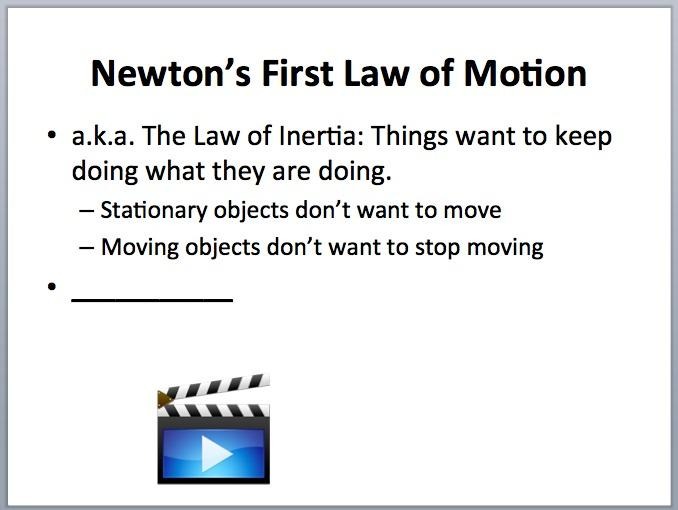
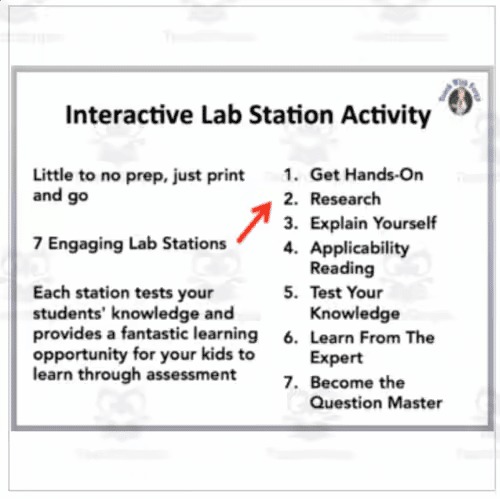
This resource is aimed at grades 8 – 11. It is designed as a lab activity about Newton’s 3 Laws of Motion. There are three stations, each of which has one of the cards. These can be used as anchor charts. They can be used in the lab activity, but also as display charts for revision.
Newton’s 3 Laws of Motion Lesson From Teach Simple By Teach With Fergy
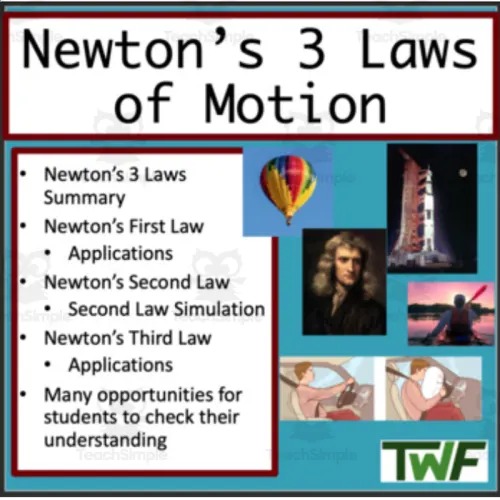
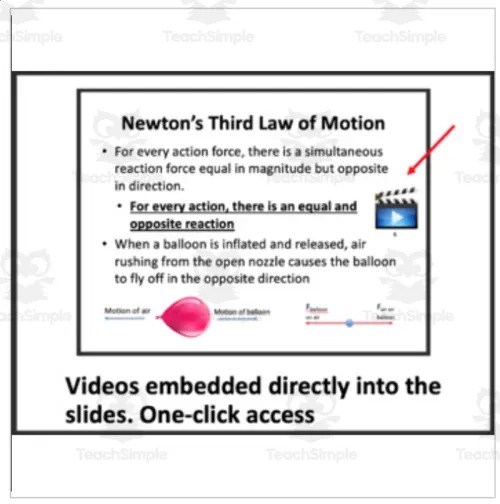
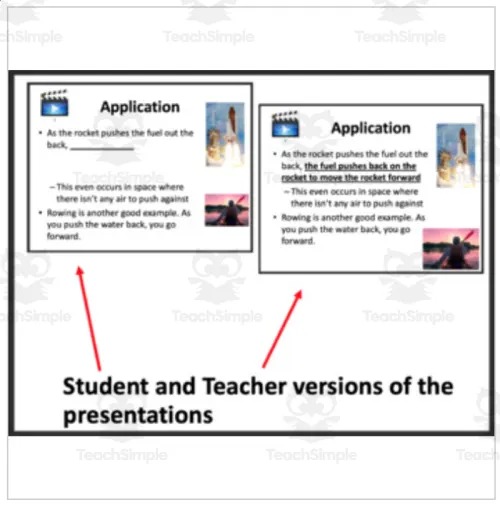
An interactive activity like this that focuses on Newton’s 3 Laws of Motion and will give you lots of inspiration for creating an anchor chart. You can use the cover as a reference chart that is linked to worksheets asking for details about the three laws. The activity itself will provide answers and information.
Newton’s Laws Force and Motion From Teach Simple By Have Fun Teaching
This resource about Newton’s Laws Force and Motion Worksheet is for grades 3 – 6. It begins with a short explanation of who Newton was. The chart is set up to be truly interactive. I suggest dividing your class into three groups, each of which can work on researching one of the laws. The content can then be filled in on the chart, which becomes a resource for the whole class to learn from.
Resources from other teachers
Newton’s Three Laws of Motion Lesson By Teach With Fergy By Teach With Fergy
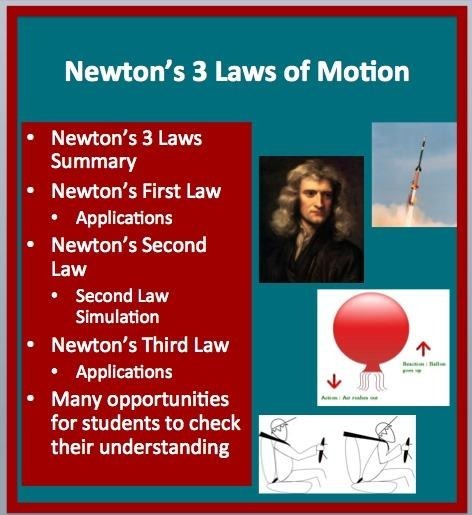
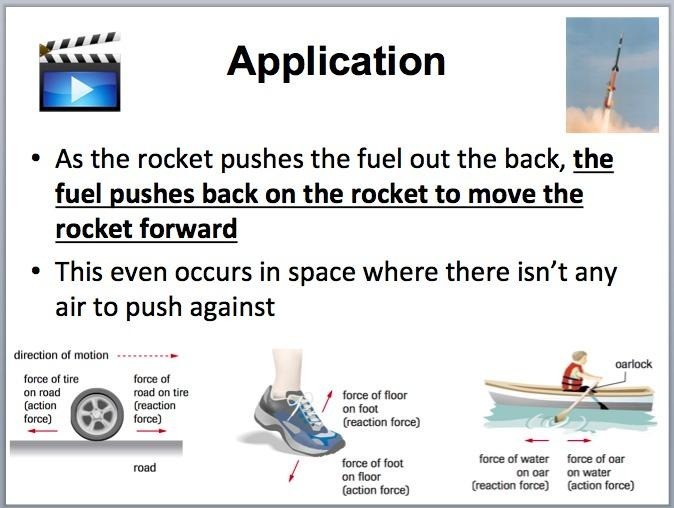
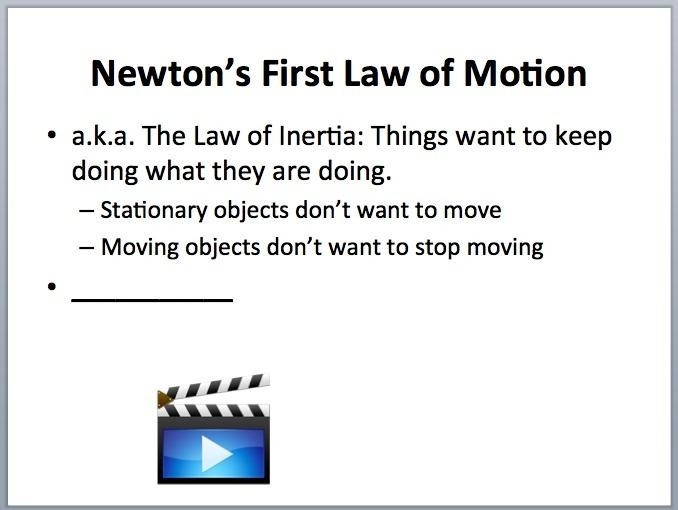
When you have Newton’s three laws to teach, putting them each into a column makes sense. You can easily adapt this for your own anchor chart. You can also extend it a bit to use a different color in each column. It is the type of anchor chart you can use with students. If they research Newton’s Laws, they can then fill in the content in the correct column.
Newton’s Laws of Motion anchor chart From Teach Starter
This is a simple, yet comprehensive anchor chart on Newton’s Laws. Teach Starter designed a series of five downloadable charts to help students discover entertaining facts about Sir Isaac Newton and to acquire a greater grasp of his three principles of motion.
Force And Motion By Mrs. Richardson’s Class
Force and Motion are key concepts when it comes to learning Newton’s Laws. The two charts work in relation to each other. The content is efficiently laid out. The anchor chart is designed so that the students can add the relevant content on sticky notes. This makes them suited to an interactive activity.
Newton’s Laws of Motion Crossword Puzzle From ThougthCo
This is a worksheet that presents a Newton’s Laws of Motion Crossword. You can work on it with the class and then display it on a bulletin board as a reference in your class. It’s also a good model for your own activity charts based on Newton’s Laws.
Forces and Interactions By The Wonder Of Science
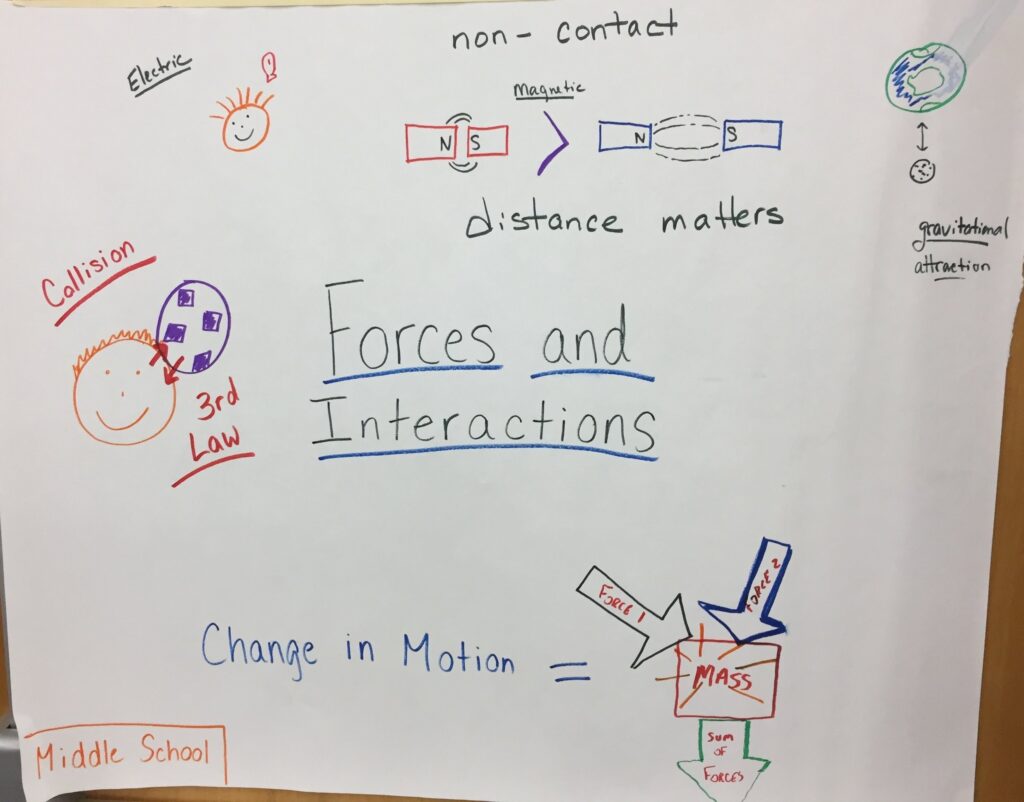
The focus of this anchor chart is on Forces and Interactions, which are important concepts when looking at Newton’s Laws. Colors have been used effectively. The appearance of the chart is that of someone taking notes during an experiment, which gives it a tone of authenticity. If you use an anchor chart of this style, you would need to work through it with the students. In this way, they would be part of the process of learning about the forces.
Newton’s Law Of Motion From Art Of It
This anchor chart presents brief, but clear definitions of Newton’s Laws of Motion. This is the type of anchor chart you can set as an exercise for the students. I suggest dividing your class into groups and setting them the task of researching and then writing up the three laws on their own anchor charts.
Matter unit By We Are Teachers
In order to understand Newton’s Laws, it is also important to understand the relevant vocabulary, which is what this anchor chart teaches. There is quite a lot of content in the chart, but it is well organized and the six main areas are distinct from each other. The illustrations also help to organize the content and they add to the explanations. You could use this as a complete chart, or keep it as a template. You can guide the students to work on filling in the pictures and the explanations.
Inertia By The Duo Science
An anchor chart that simplifies Inertia is especially useful for younger grades. Understanding Inertia can be a little tricky, so using a familiar example like seat belts is a good strategy. The picture is simple, but focuses the students’ attention. The chart uses color effectively to present the different aspects of inertia. You could use a similar approach to create anchor charts for the other two of Newton’s Laws.
Final points about Newton’s Laws anchor charts
Newton’s Laws are an important basic part of physics and the principles can be taught at any level. This can be done most effectively by using anchor charts tailored to a particular grade. The charts should combine a logical layout with visual elements so the students will understand the science.

